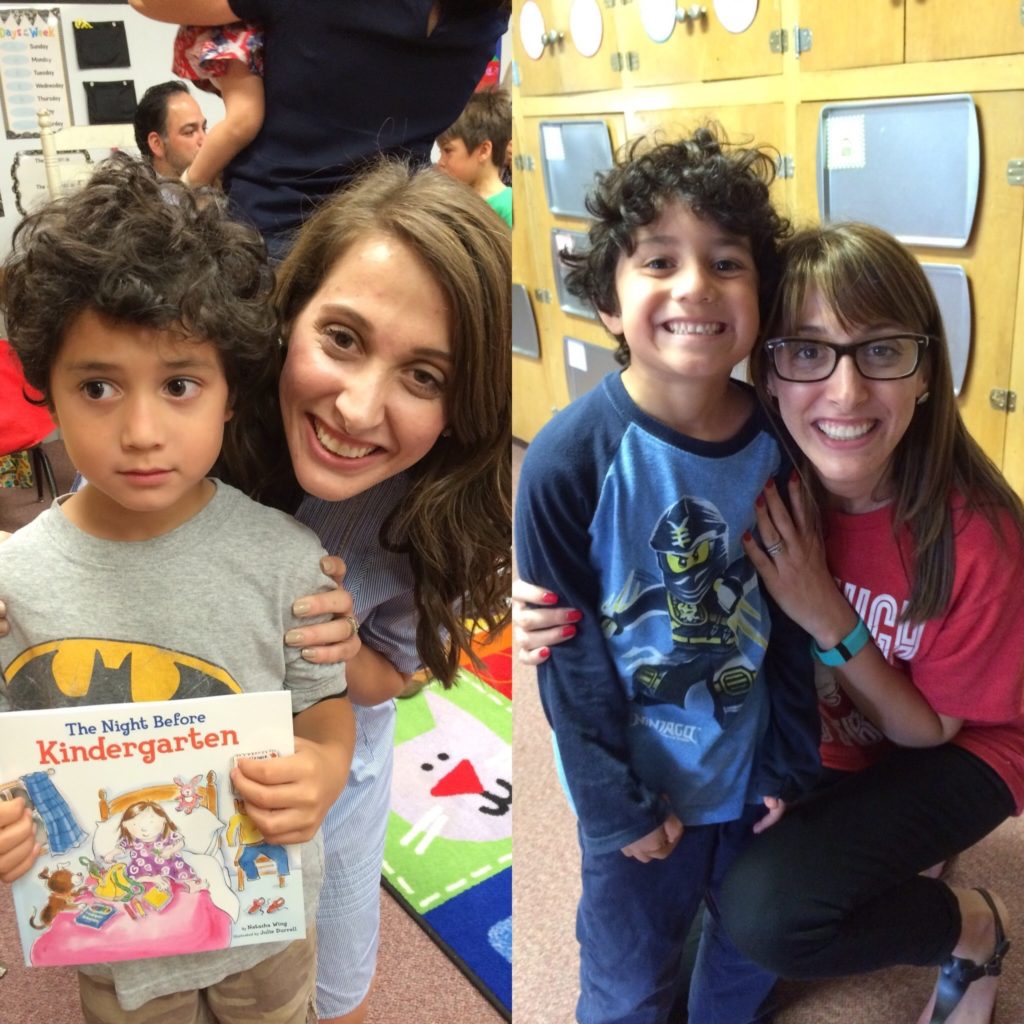5 Tips to Increase Mental Health at School
by Carrie Arroyo
Summer is my time to relax, eat too much ice cream, run through the sprinkler in the front yard with my kids, and watch the hummingbirds eat from our Turk’s Cap off the front porch. But because I work on a school calendar schedule and have 3 youngsters who will all be in school this fall, it is impossible to escape the inevitable hanging over our heads: school is only 1 month away! Sorry to bring it up and crush your dreams of endless fire fly chasing at dusk, but I do have some suggestions that will help ease the transition back in to school and contribute to a successful school year for kids, families, and teachers alike.
 We would love to silo academic success as only being influenced by the amount of study time, quality of textbooks and teaching skills, and intellectual capacity. But the reality is that it is also directly influenced by our physical, mental, and social well-being. Our mental wellness is a key component to achieving academically. Wellness requires the active pursuit of health instead of treatment of illness. When we build wellness practices in to our lives, we are building up our reservoir of mental resources so that when stressful and challenging times hit, we have an ample supply of mental energy and flexibility to withstand added demands. Mental wellness also helps us to flourish in our daily lives. And if we want our children to succeed and flourish in school, there are few things we can do to help them pursue mental wellness. (flower)
We would love to silo academic success as only being influenced by the amount of study time, quality of textbooks and teaching skills, and intellectual capacity. But the reality is that it is also directly influenced by our physical, mental, and social well-being. Our mental wellness is a key component to achieving academically. Wellness requires the active pursuit of health instead of treatment of illness. When we build wellness practices in to our lives, we are building up our reservoir of mental resources so that when stressful and challenging times hit, we have an ample supply of mental energy and flexibility to withstand added demands. Mental wellness also helps us to flourish in our daily lives. And if we want our children to succeed and flourish in school, there are few things we can do to help them pursue mental wellness. (flower)
5 Tips for Increasing Mental Wellness at School
1. Focus on learning over perfection. My 9-year-old is wired in such a way that he hates to try something new unless he is 100% sure he is going to be able to master it quickly. One of the first times this became obvious was when he was learning to tie his shoes when he was 4. In an effort to get him to persist in this new and challenging task, we mandated mistake-making. He was required to make at least 5 mistakes and we celebrated wildly with claps, cheers, and dance parties every time he messed up. This made him laugh and loosen up and be willing to keep trying (and keep messing up) until he mastered the task. The focus in school performance too easily becomes the grade that comes home on the paper or report card. Instead of rewarding or punishing the grade, focus on rewarding and reinforcing the learning. We need to cultivate this culture and build in an expectation of curiosity and experimentation that feeds creativity. Kids need to know that they are safe to make mistakes and that the classroom and their families will still accept them and appreciate them for what they bring to the learning process.
2. Connection, Belonging and Trust. As much as teachers would like to think it’s true, very few students wake up excited to go to school in order to learn a new algebra equation. When I ask my kids about their most memorable moments of the school day, they usually center around an interpersonal interaction. Whether it was a game they played on the playground with friends or a hug they received from their teacher, they feel energized by points of connection throughout the day. These moments of attention to who they are as individuals and appreciation of their presence, are little deposits in to the mental wellness bank. And when they are feeling positive about themselves and their school environment, their ability to learn that new math fact increases exponentially.

Picture of my son Ezekiel and his Kindergarten teacher Mrs. Draper on the first (left) and last (right) day of school in 1st grade. From fear and apprehension, to love, acceptance, and success!
3. Be Proactive and Limit Surprises. I love a good surprise. One of my biggest pet peeves is someone telling me the ending of a book or movie before I have had the chance to experience it myself. However, there are some situations where limiting surprises can help our minds, hearts, and spirits to thrive; and school is one of these situations. For families, be proactive and visit your child’s school ahead of time: meet key people, find the cafeteria and bathrooms, walk your class schedule before bells are ringing and other people are bumping in to you. For schools, minimize complications for families and students: have clear signs and make sure procedures are easy to find and follow. Streamline things as much as possible. Clear and consistent communication helps to clear up a multitude of misunderstandings and can make the school environment much more inviting to students and families. So caregivers, don’t stop surprising kids with unexpected notes of encouragement in their lunch boxes such as “Good luck on your science test” or “I hope you have a great day” and teachers, don’t stop giving the surprise gift of dropping the lowest test grade at the end of the grading period, but also make sure you give plenty of information and guidance up front to demystify the experience.
4. Routine helps children’s brains navigate the world. As they experience new things, their brains sort the information, assimilate it in to their thinking process, and adapt and grow as they learn new things. Providing structure to a child’s day helps them to thrive. This starts at home before they come to school with adequate sleep, a good morning greeting, and a hug before they walk out the door. Building in routines that give attention to physical needs is also directly tied to mental wellness. Kids need to eat well, be sufficiently hydrated, and get some exercise. Moving the body can do wonders for opening up the mind and being ready to learn. Building brain breaks in to the routine keeps the mind flexible and responsive to the learning environment.
5. Focus on what works. The ‘power of positive thinking’ is not just an old phrase; it is actually helpful to build up our mental wellness. Our brains tend to repeat the things that we focus on the most. If we are constantly focusing on what a child has done wrong and giving attention to it, it is actually more likely to increase. Telling kids what we want to see and encouraging positive behaviors increases the likelihood of positive behavior and habits. When something goes wrong, offer the child the opportunity to redo a mistake. I know this can be hard for those of us who grew up thinking the best way to train a child is to be hard and strict with more of a “get it right the first time or else” approach. But what we know from research is that we remember what we do – whether that is doing it wrong or right. Take the time to give a child the opportunity to redo an action they originally got wrong so that their motor memory can store the right way to do it. It will increase the likelihood that they will get it right the next time. Yes, it takes time, but is time well spent. And at the end of it, the adult and child are both celebrating a success rather than fuming over a mistake. This builds a more connected and collaborative relationship by increasing positive thoughts and feelings.
 Carrie Arroyo works hard as a Lecturer in the Diana R. Garland School of Social Work at Baylor University where she teaches soon-to-be social workers and coordinates the BEAR (Be Emotionally Aware and Responsive) Project with Waco ISD. She also plays hard as a mom of 3 energetic kids: Jonas (9), Ezekiel (7) and Eden (4) and wife to Fernando in their North Waco neighborhood.
Carrie Arroyo works hard as a Lecturer in the Diana R. Garland School of Social Work at Baylor University where she teaches soon-to-be social workers and coordinates the BEAR (Be Emotionally Aware and Responsive) Project with Waco ISD. She also plays hard as a mom of 3 energetic kids: Jonas (9), Ezekiel (7) and Eden (4) and wife to Fernando in their North Waco neighborhood.
